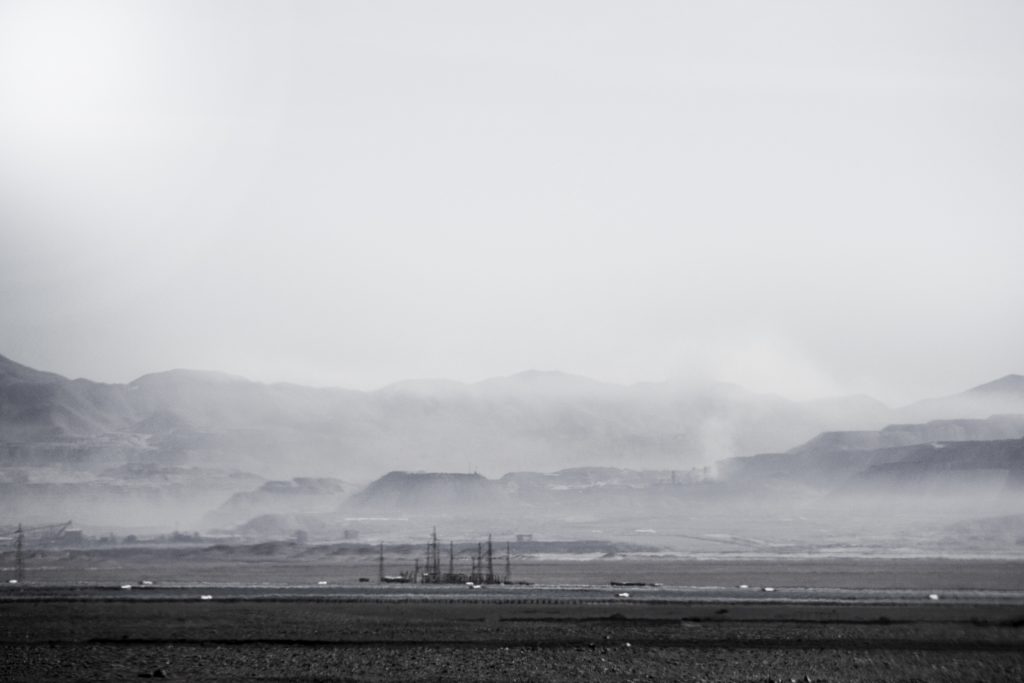April 6th, 2023
The Desert of Realities: Atacama

This past winter I remounted the multi-screen and multi-channel sound installation work created together with Rodrigo Ríos Zunino: Salar: Evaporation is based on intensive fieldwork in the industrialized Atacama desert in Chile.
On view from February 3, 2023 at esc medien kunst labor in Graz, Austria, launching esc‘s yearlong theme “The Desert of Realities”. esc medien kunst labor, Bürgergasse 5, 8010 Graz Austria
A significant portion of the world’s lithium is mined in the Salar de Atacama, the salt flats of the high altitude desert in northern Chile. This desert was once the bottom of a sea and still consists of rare geologic and organic systems, though now it is aggressively mined for the ingredients for batteries used in smart phones and electric cars. Salar: Evaporation seeks to de-totalize narratives of industrial extractivism in favour of manifesting many worlds from the perspective of temporality, land, and space. This multi-channel video and sound installation takes an experimental rather than purely documentary approach, challenging the deadly hubris of human exploitation in the desert by working with the forces characteristic of the desert itself, such as mirage, perceptual distortion, and the long duration of the geologic present.
The work reflects on landscape, infrastructure, and environmental change, exploring the micro and macro scales of human intervention and activity in relatively remote areas which occupy the space between urban sprawl and wilderness, and investigates the role of people (and artists) as agents in the myth-making and storytelling process which bring critique and create counter-narratives to those of progress and growth that propel unsustainable extractivist corporate and state-sponsored industries. The people of Chile have been engaged in widespread national resistance in 2019-2020 and drafting new versions of the constitution in protest of business as usual by the state and corporate forces that have ravaged the country and environment while propagating gross economic and social inequities. In this time, such areas of resource extraction like the Atacama desert can hardly be understood as peripheral or as neutral sites of industry. Instead, they are centers of power, networked globally and to a degree outside of state control; the desert is exploited to feed the forces of global capital to the benefit of a global elite. The future technological ‘smart’ cities will actually function as the peripheral expressions of this power which is being pillaged from the desert. Instead, we consider how the desert produces power in the form of unique and fragile ecosystems and geological expressions of time, from which we may learn and imagine alternative worlds.
This project is part of a larger series of works based on my research and fieldwork in the Atacama desert in Chile entitled We Build Ruins, and was made possible with funding from the Canada Council for the Arts, the Hellman Fellowship, the Rydell Fellowship, the Arts Research Institute of the University of California, Santa Cruz, and the Committee on Research at the University of California, Santa Cruz.
